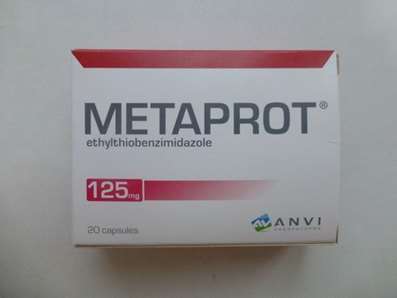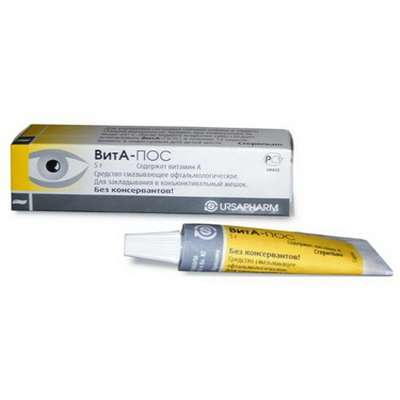Instruction for use: Salicylic oinment
I want this, give me price
Active substance Salicylic acid
ATX code D01AE12 Salicylic acid
Pharmacological group
Antiseptics and disinfectants
Nosological classification (ICD-10)
T14.1 Open wound of unspecified body region
Secondary healing processes, Sluggishly granulating wounds, Sluggishly healing wounds, Sluggish wounds, Deep Wounds, Purulent wound, Granulating wounds, Prolonged non-healing wound, Long-lasting non-healing wound and ulcer, Long-lasting non-healing soft tissue wound, Healing of wounds, Wound healing, Capillary bleeding from superficial wounds, Bleeding wound, Radiation Wounds, Slowly epithelializing wounds, Minor cuts, Suppurated wounds, Violation of wound healing processes, Breach of skin integrity, Violations of the integrity of the skin, Violations of the integrity of the skin, Small cuts, Uninfected wounds, Uncomplicated wounds, Operating wound, Primary treatment of surface contaminated wounds, Primary wound treatment,Primary-delayed treatment of wounds, Poorly cicatrizing wound, Poor wound healing, Bad wound, Superficial injury, Superficial wound with mild exudation,Wound, The wound is large, Bite wound, Wound process, Wounds, Wound healing wounds, Stump Wounds,Wounds for gunshot, Wounds with deep cavities,Difficult healing wounds, Difficult wounds, Chronic Wounds
T30 Thermal and chemical burns, unspecified
Pain syndrome with burns, Pain in burns, Pain with burns, Sluggishly healing post-burn wounds, Deep burns with a wet scab, Deep burns with abundant compartments, Deep burn, Laser burn, Burn, Burn of rectum and perineum, Burn with mild exudation, Burn disease, Burn injury, Superficial burn, Superficial burn of I and II degree, Superficial skin burns, After-burn trophic ulcer and wound, Post-burn complication, Loss of fluid in burns, Sepsis burn, Thermal burns, Thermal skin lesions, Thermal burn, Trophic after-burn ulcers, Chemical burn, Surgical burn
Composition and form of release
1 g of ointment contains salicylic acid 0.04 g; in banks of dark glass to 100 g.
pharmachologic effect
Pharmacological action - anti-inflammatory, early-cleaning, antiproteolytic, antimicrobial.
Indications
Wounds and burns.
Contraindications
Hypersensitivity, children's age.
Side effects
Increased temperature, pain in the wound area.
Dosing and Administration
Locally, in the form of applications, apply a thin layer on the surface of the wound and close with a sterile tissue or apply a sterile dressing impregnated with ointment on the wound. Before applying the dressings, the wound is cleaned of necrotic tissues, the blisters are opened, the antiseptic solution is washed. Change dressings are carried out 1 time in 2-3 days until complete purification from purulent-necrotic masses. The expenditure of the ointment per bandage depends on the extent of the wound and on average is 0.2 g per cm2 of the wound surface. The duration of the course of treatment is 6-20 days.
Storage conditions
In a dry, the dark place at a temperature of no higher than 20 ° C.
Keep out of the reach of children.
Shelf life
2 years.
Do not use after the expiry date printed on the package.

 Cart
Cart





